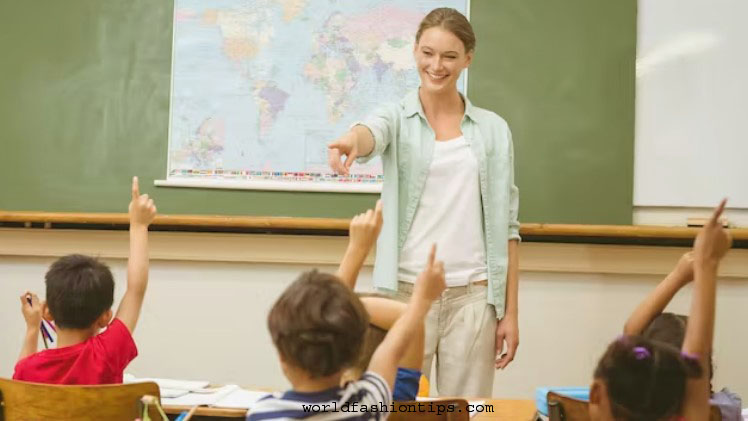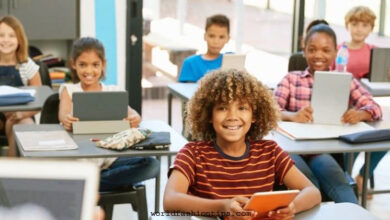
Introduction:
School education has changed over the years, mainly due to the rising amount of attention being paid to children’s social development, as well as their emotional intelligence and their self-esteem. How they feel about themselves on the inside greatly impacts how well they do in school, and consequently how successful they are in life later on down the road. For this reason, many educators have decided to incorporate techniques and methods that aim to raise each child’s self-confidence and or self-esteem on a daily basis during school hours.
1. What is social influence
Social influence is the process by which people’s attitudes or behaviors are influenced by others around them. It can be either positive or negative, and it is often unconscious, unintentional, and unintended. There are a number of different types: informational, normative, and interpersonal. Informational social influence occurs when one person tells another person about an event or happening to get their reaction to it.
Normative social influence occurs when one person influences another to act in a certain way because they believe that action is appropriate for a particular situation. Interpersonal social influence takes place when two people have an argument about what should happen next – the person who loses the argument may change their mind and do what the other wanted to do.
2. Self-Concept Influences on Behavior
Self-concept is the way a person sees themselves and the beliefs they hold about themselves. Self-concept influences how people behave because it is where attitudes, values, and motives come from. For example, if one has a positive self-concept then they will be more likely to adopt healthy behaviors or act respectfully towards others because they want to feel good about themselves.
3. How can self-concept be improved?
School education Students who are more involved with their education and their peers are more likely to have a greater self-concept, leading to higher grades and more success in life. Students who feel that they belong, or have a sense of belonging within the school environment are less likely to drop out or disengage from the school community.
Both social interactions and the physical environment (e.g., classroom design) can play a role in fostering feelings of belongingness among students.
Conclusion:
Social influence is prevalent in our lives because social interactions play a major role in every human being’s life. As they grow older, children can be influenced to do good or bad things by their peers. While positive social interactions can have a positive effect on children, negative ones exacerbate the problem.
Parents and teachers have the responsibility to prevent kids from these negative influences of social interactions. More importantly, parents also need to teach their children the difference between socially acceptable behaviors and those that society has deemed inappropriate.
Children should understand that not everyone has the same culture and moral values as others, nor may agree with certain actions of fellow schoolmates. This way, they will be able to develop more tolerance for other people’s views and choices in life while learning valuable lessons that they can take forward with them throughout their lives.





